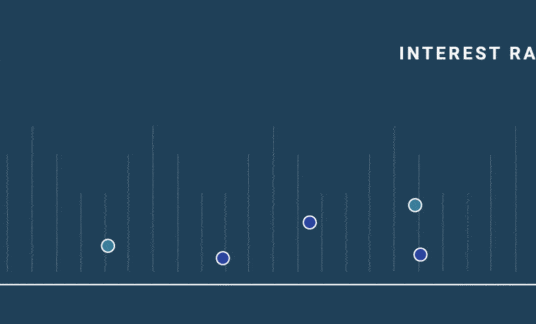In less than 2 weeks after an initial $349 billion was designated for the Paycheck Protection Program (PPP), funds ran out as more than 1.6 million loans were approved.
The program is designed to offer small businesses forgivable loans if they maintain staffing levels or bring back workers let go due to the coronavirus.
With demand overshadowing supply, however, many small businesses were unable to obtain funding. In response, lawmakers recently passed another relief bill to provide additional aid. Here are the details.
What’s in the New Coronavirus Relief Bill?
Following the historic $2.2 trillion in funding for the Coronavirus Aid, Relief and Economic Security (CARES) Act, which funded PPP, Congress has agreed to set aside $484 billion in additional, interim funding.
How exactly will the funds from this latest bill be allocated?
Here’s a breakdown of what’s been titled the Paycheck Protection Program and Healthcare Enhancement Act:
- $310 billion will replenish the Paycheck Protection Program
- $60 billion of which will be allocated toward smaller lenders, credit unions and community financial institutions to help small businesses that don’t have established banking relationships
- $60 billion will be funneled to Small Business Administration disaster relief funds, including $50 billion for Economic Injury Disaster Loans (EIDL) and $10 billion for EIDL grants
- $75 billion will go to hospitals in need
- $25 billion will go toward coronavirus testing
Data on Businesses Affected by the Coronavirus
According to a special report issued in early April 2020 by the U.S. Chamber of Commerce in conjunction with MetLife:
- 1 in 4 businesses have temporarily closed, with 40% likely to do the same in the coming weeks.
- 46% believe it could take 6 months to 1 year for the U.S. economy to normalize.
In the meantime, small businesses are looking for the following relief measures:
- Direct cash payments (56%)
- SBA disaster loans (30%)
- Temporary cancellation of business payroll taxes (21%)
What Could the Next Aid Package Bring?
This most recent bill is a short-term solution. Lawmakers are already looking to the next major stimulus package–CARES 2, as some are calling it.
Considerations for the follow-up legislation could include:
- Additional funding for state and local governments
- Infrastructure investments
- Hazard pay for essential workers
- Election security
- Payroll tax cuts
- Tax breaks for restaurants and entertainment ventures
Some lawmakers have voiced hesitancy over further funding, though. Senate Majority Leader Mitch McConnell (Republican-Kentucky) said: “I think it’s also time to begin to think about the amount of debt we’re adding to our country and the future impact of that…Until we can begin to open up the economy, we can’t spend enough money to solve the problem.”
What Can Small Business Owners Do?
With new funding in place, you can be sure small businesses throughout the country will be lining up to apply for financial relief. If you weren’t able to secure a Paycheck Protection Program loan the first time around, it’s important to be prepared.
Be sure to have the following information and documents ready:
- Copy of driver’s license for each owner with more than a 20% stake in the business (front and back copy)
- Employer identification number (EIN) letter from the state or federal EIN letter
- Depending on your business structure, additional documents may be required (i.e., articles of incorporation)
- 2019 payroll information (for borrowers who do not have such documentation, you must provide other supporting documentation, such as bank records, to demonstrate the qualifying payroll amount)
- 2019 IRS quarterly 940, 941 or 944 payroll tax reports
- Payroll reports for all 12 months
- State and local taxes assessed on an employee’s compensation
- 2019 documentation showing the total of all health insurance premiums paid by the company owner(s) under a group health plan (include all employees and the company owners)
- Documents reflecting the sum of all retirement plan funding that was paid by the company owner(s) (Do not include funding that came from employees out of their paycheck deferrals. Include all employees and the company owners. Include 401K plans, simple IRA and SEP IRAs.)
- Proof of the business’s active and good standing status (can be obtained through your Secretary of State’s website)










